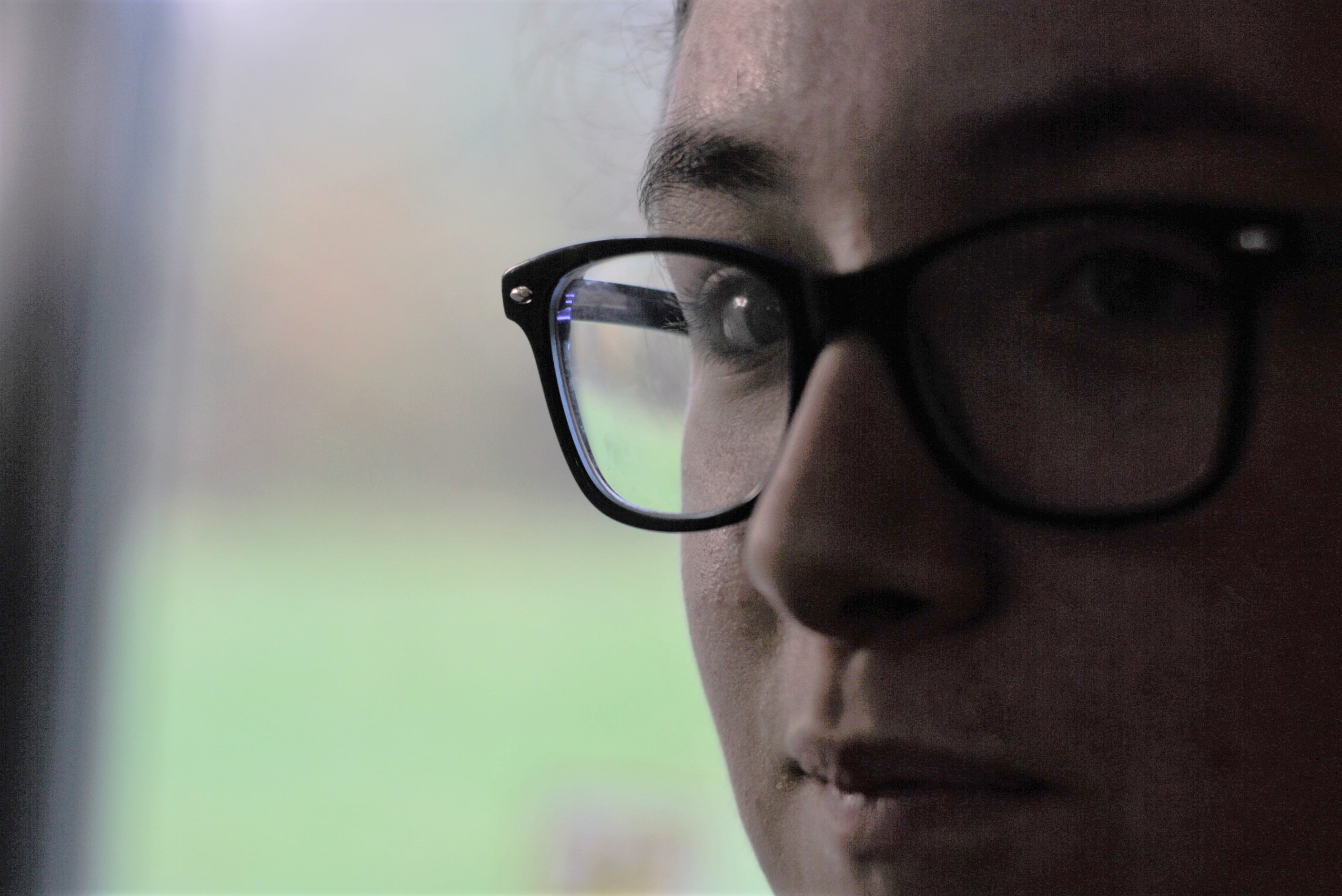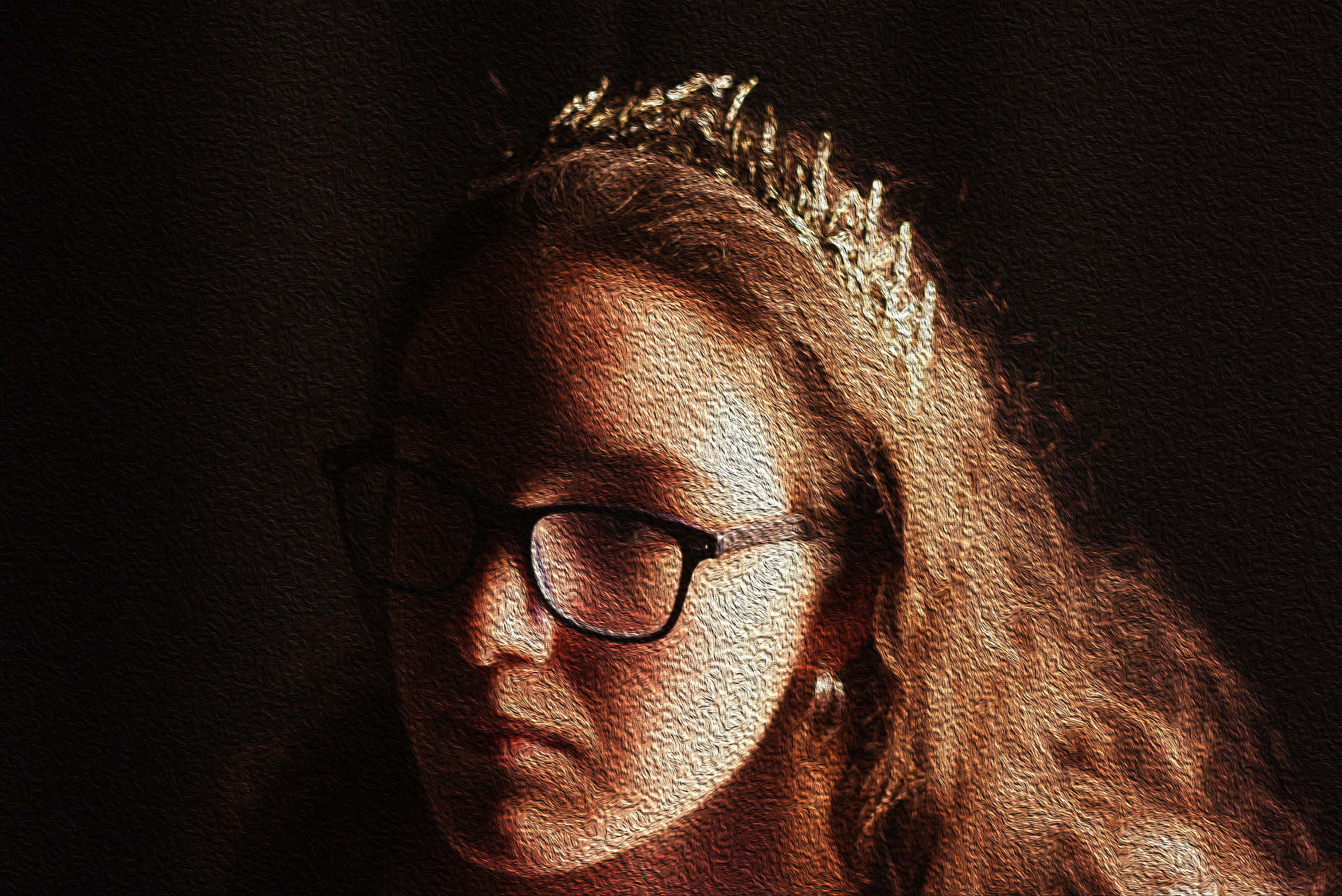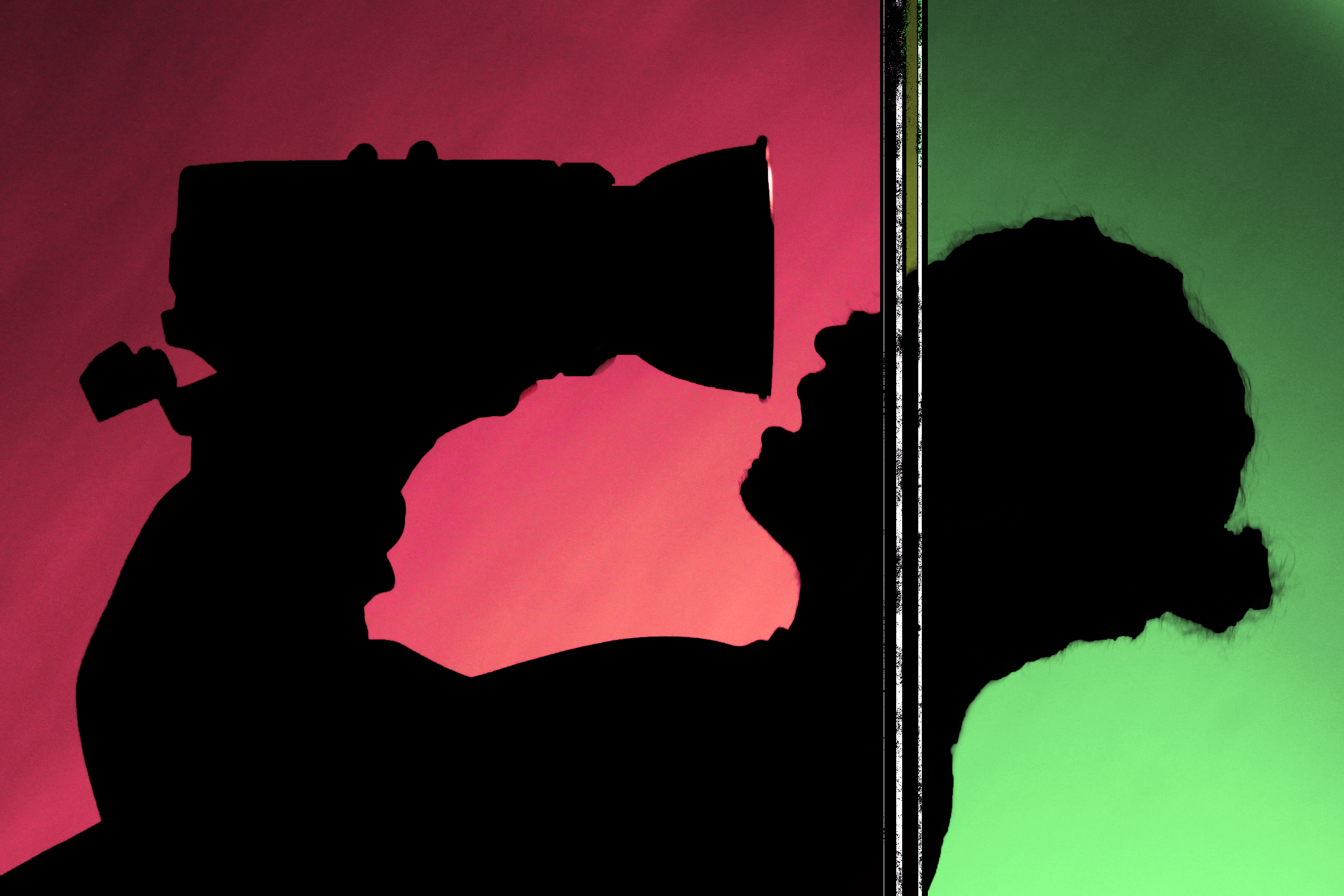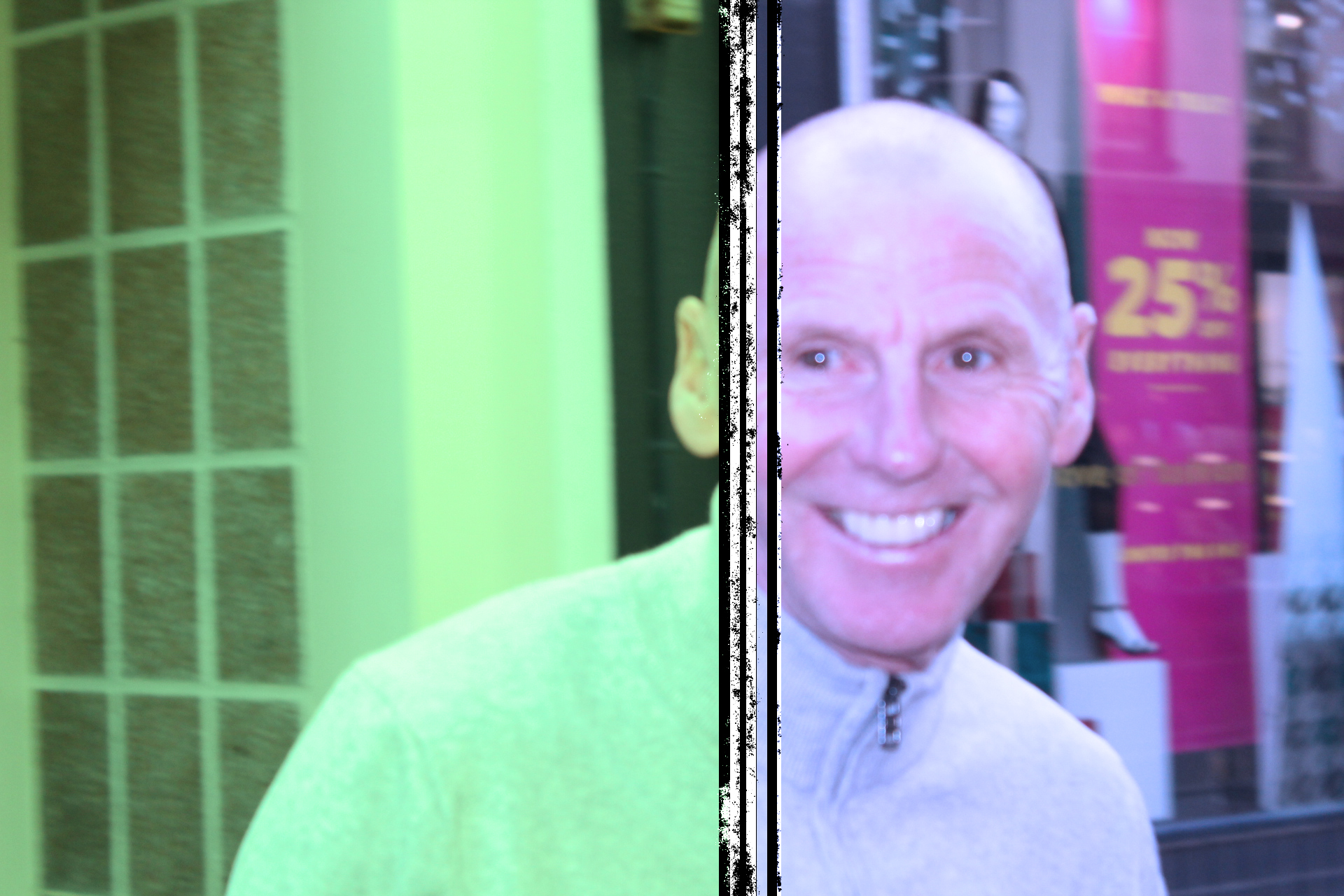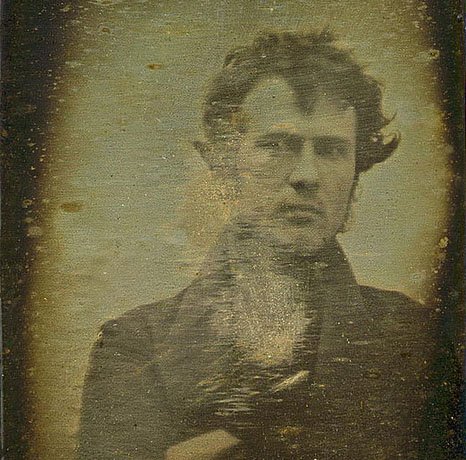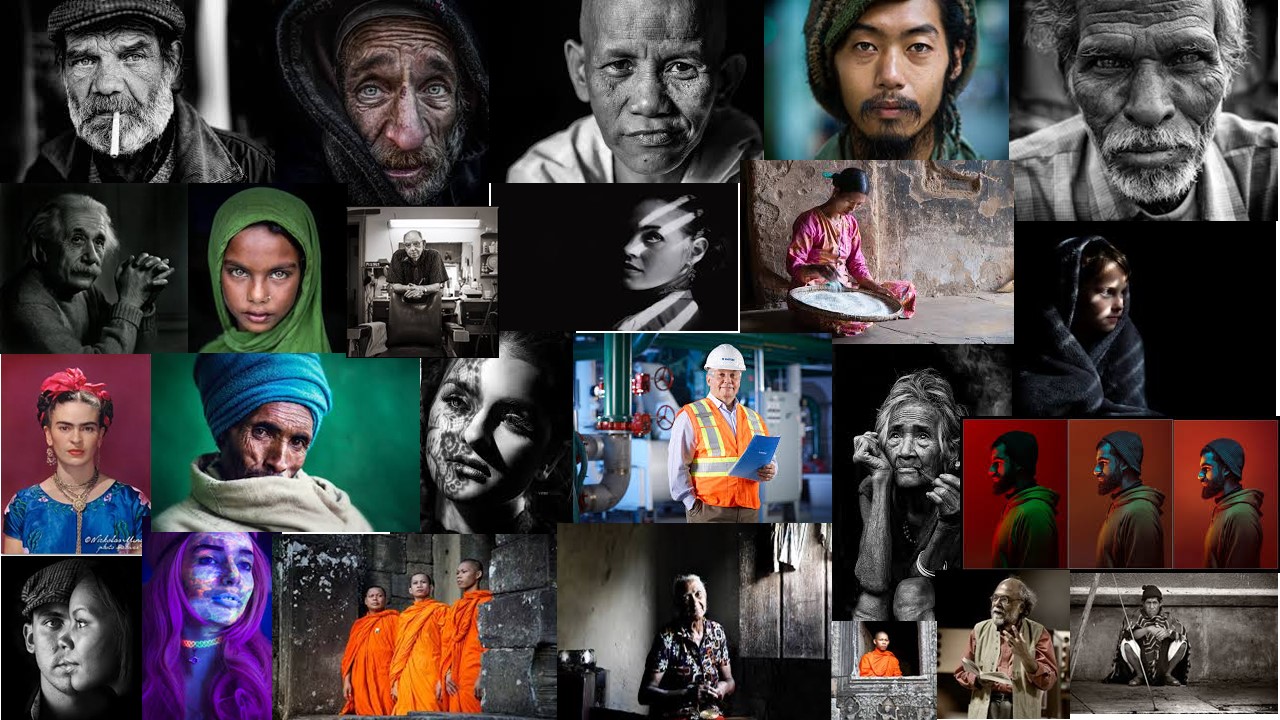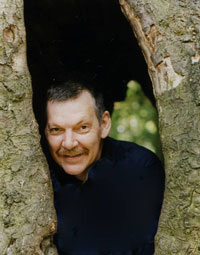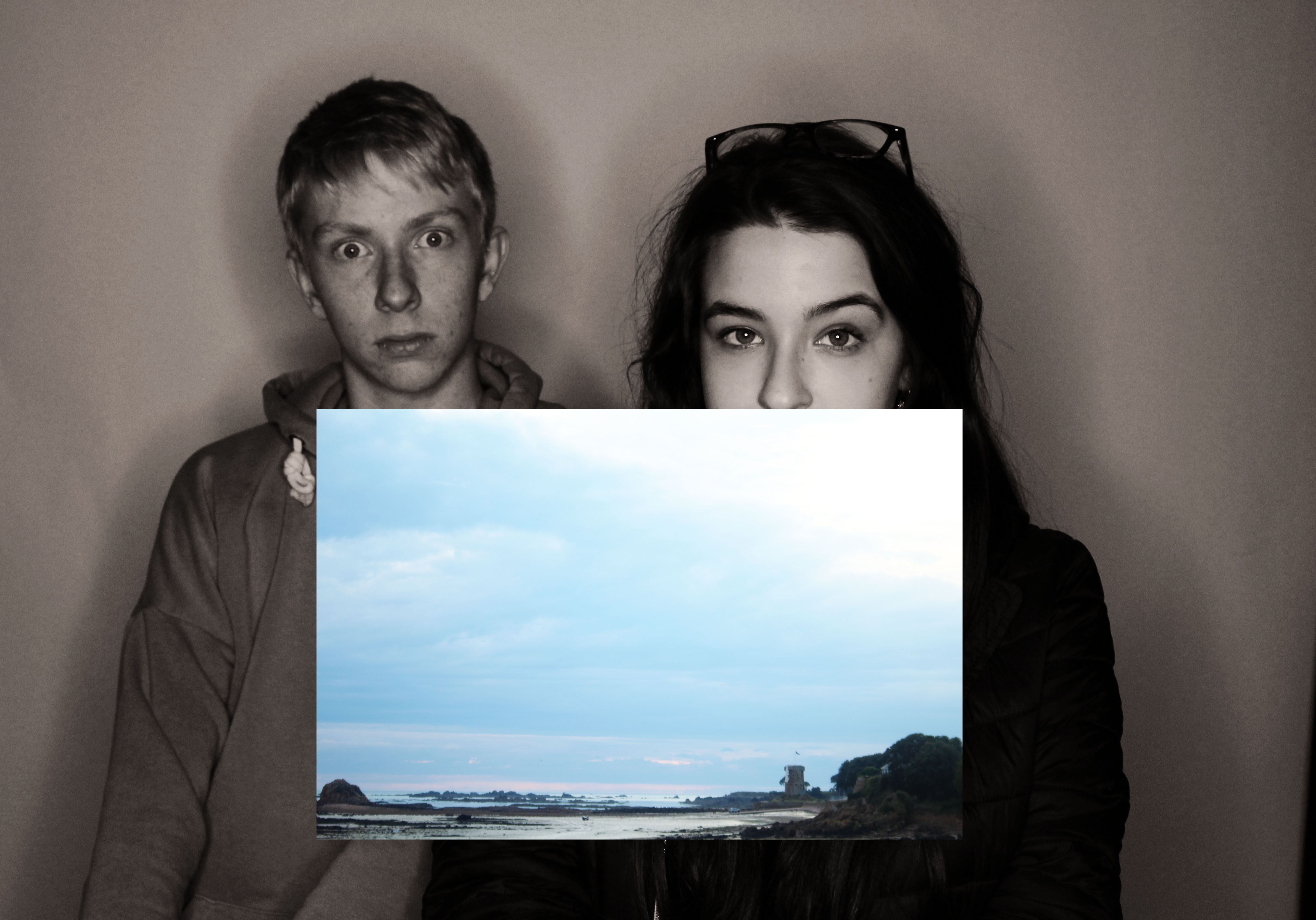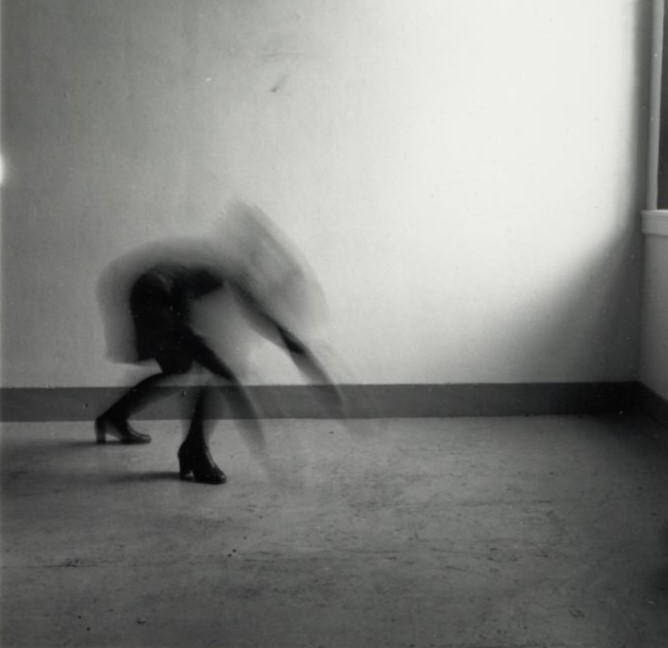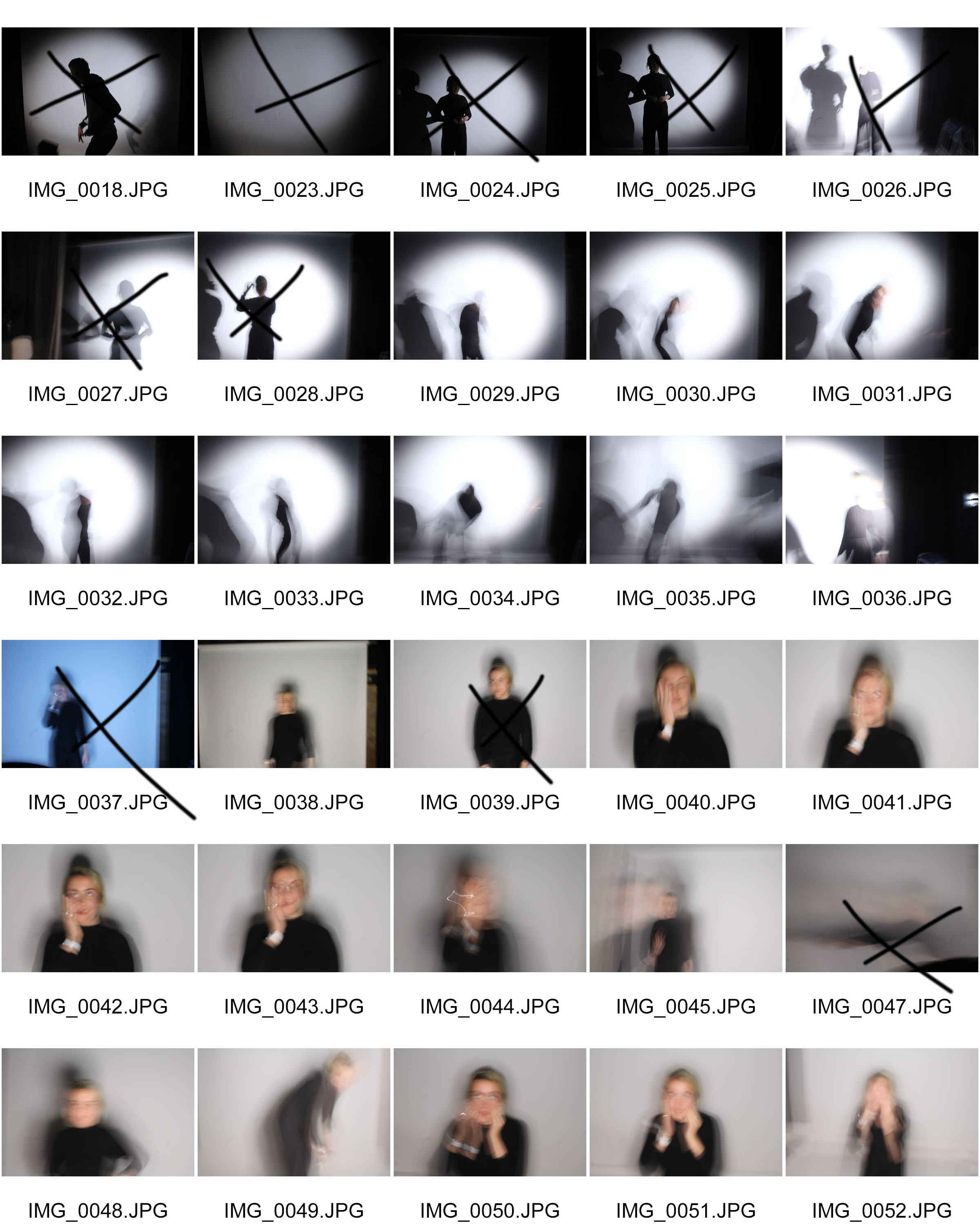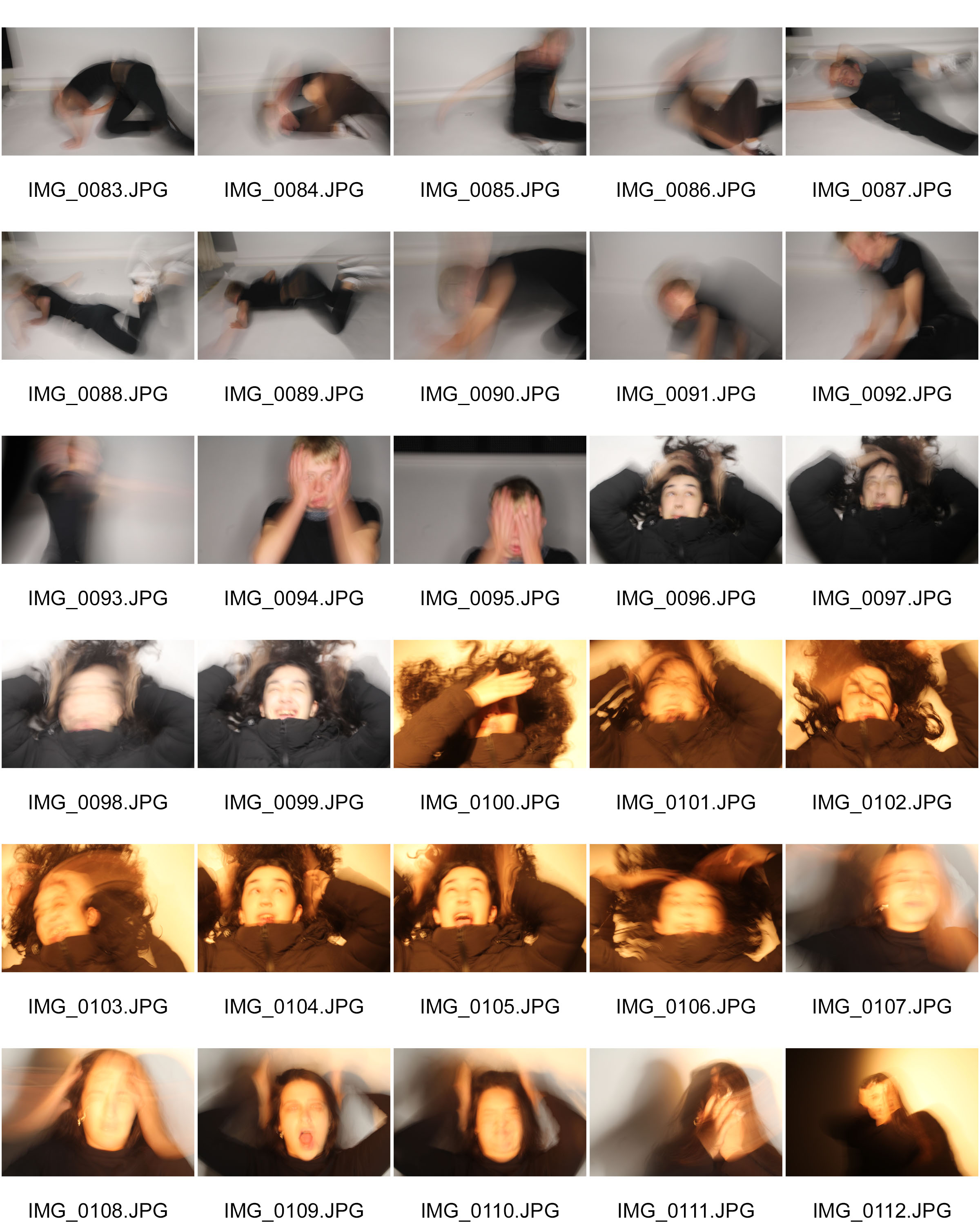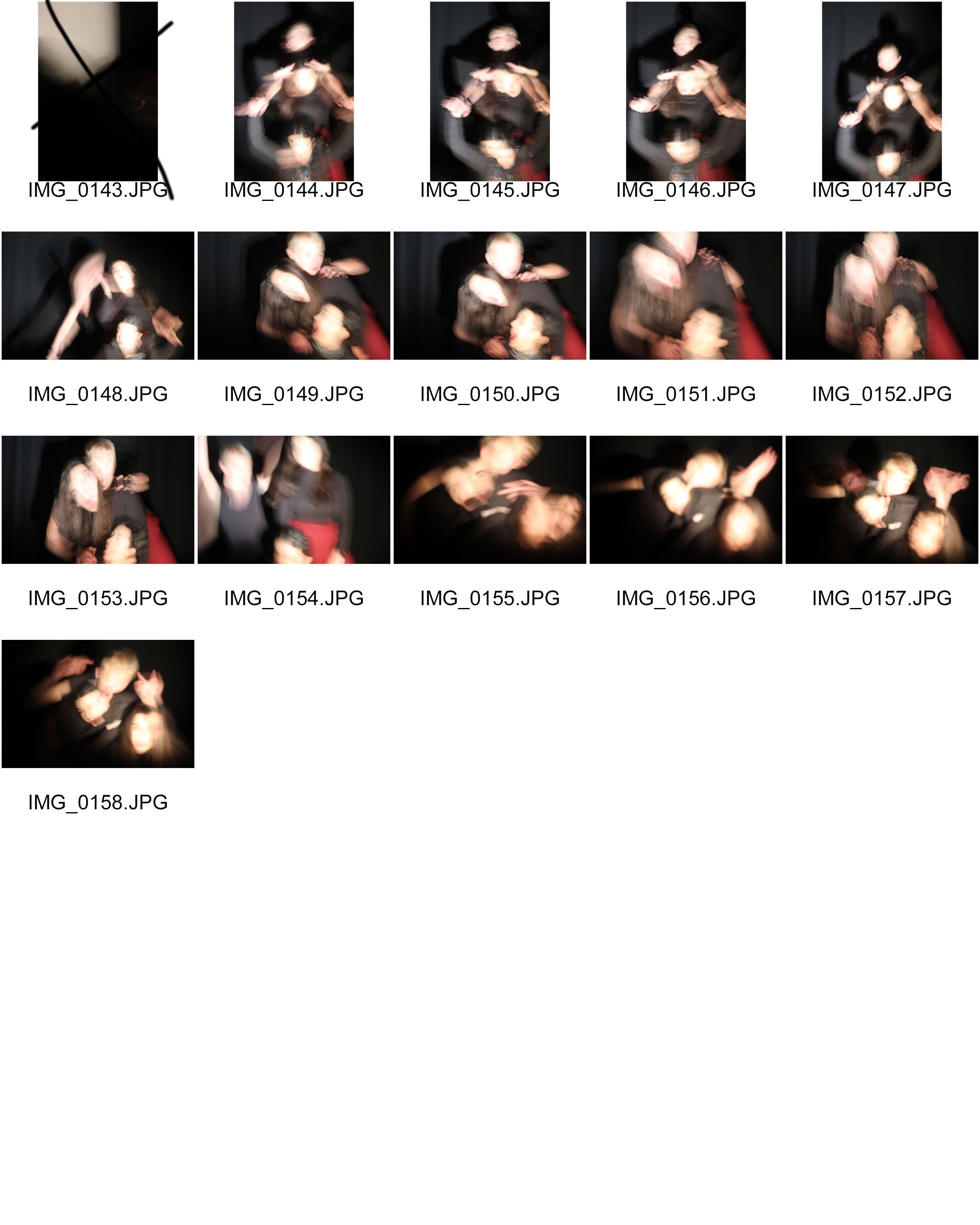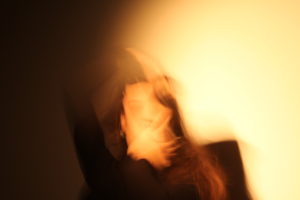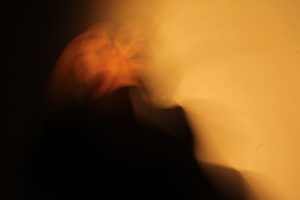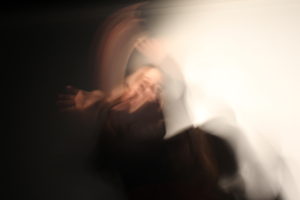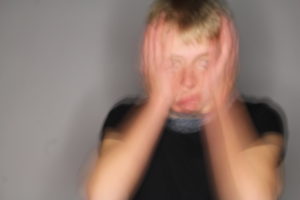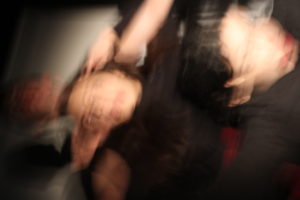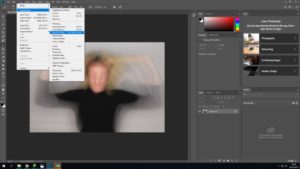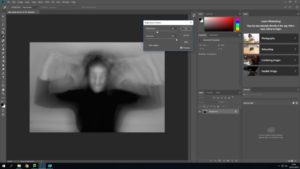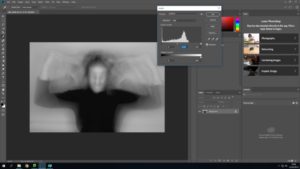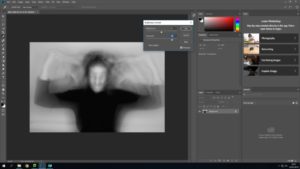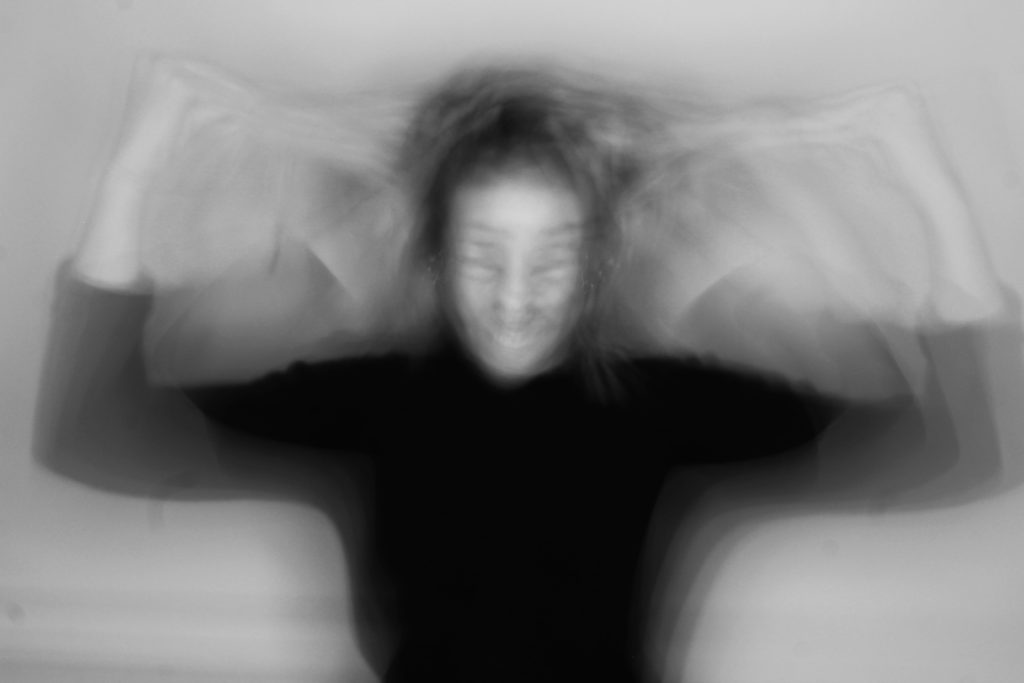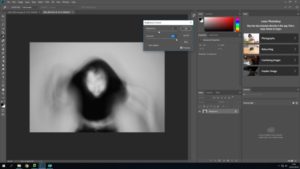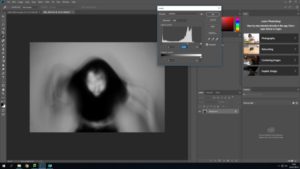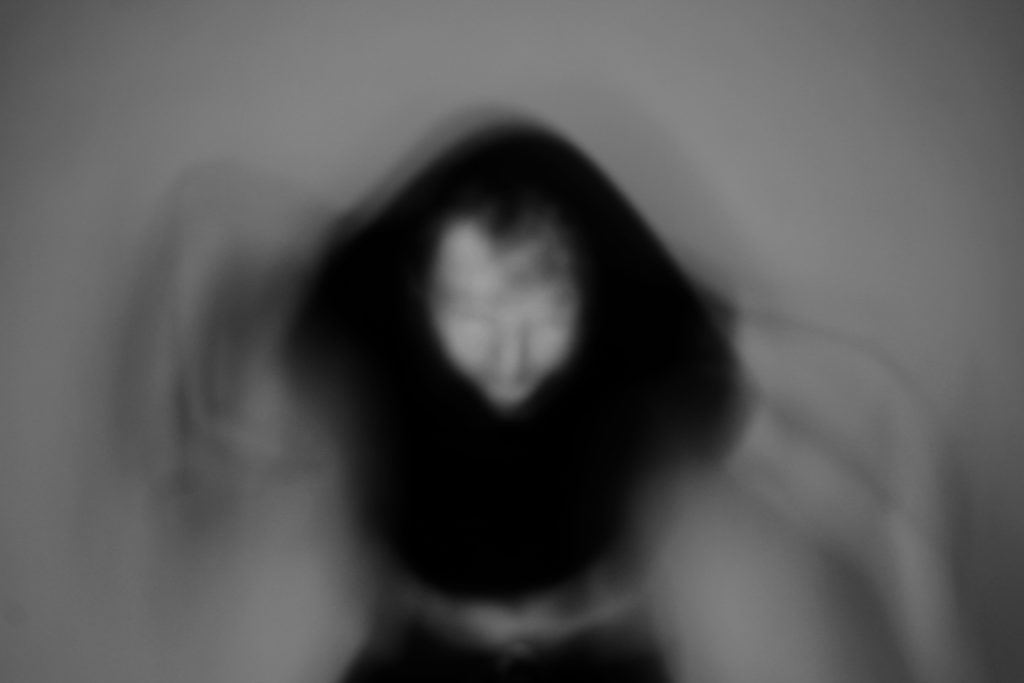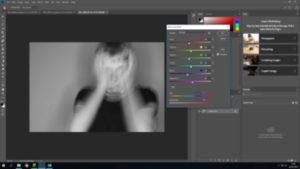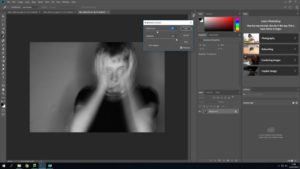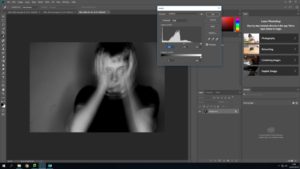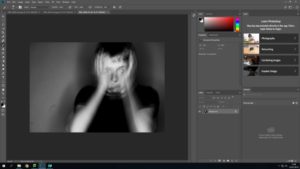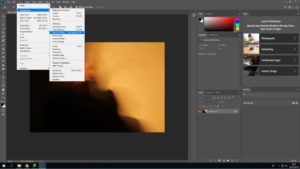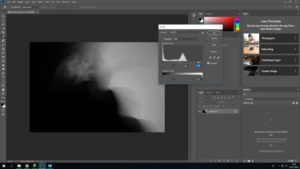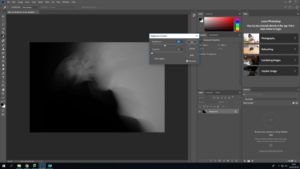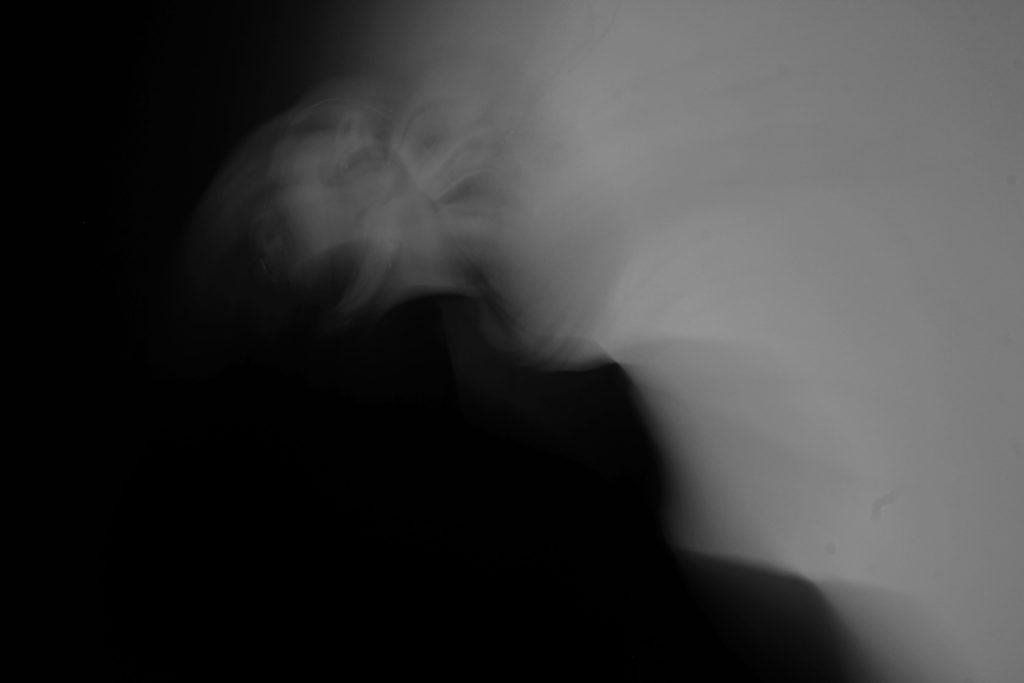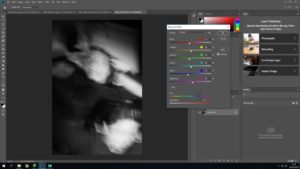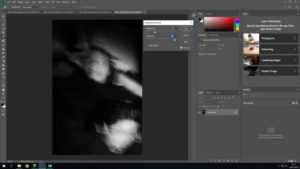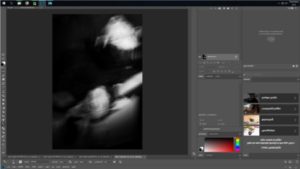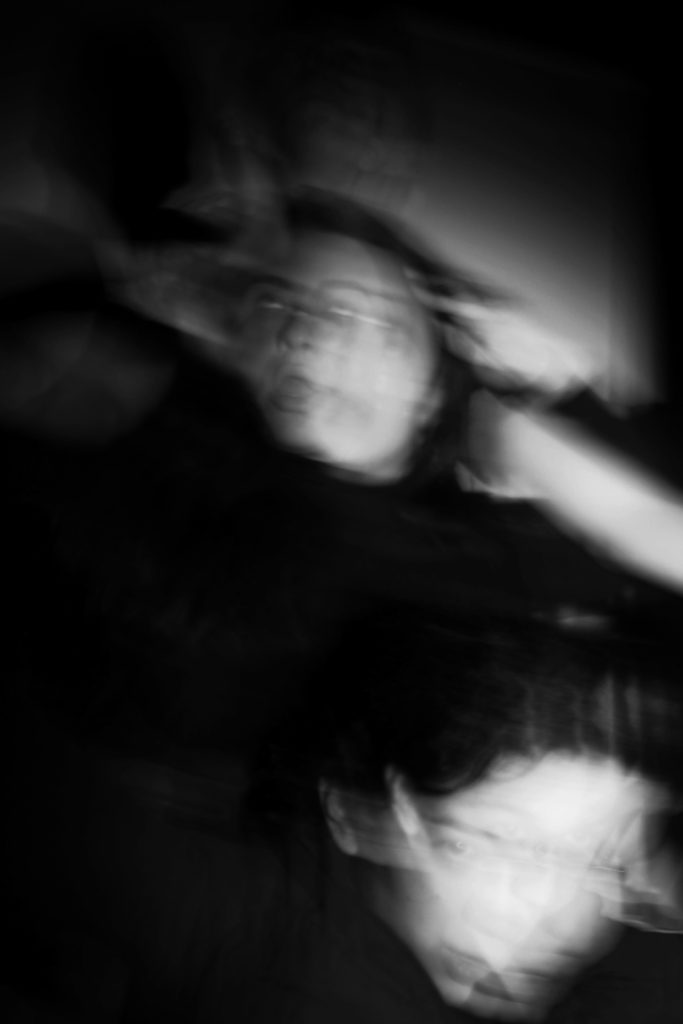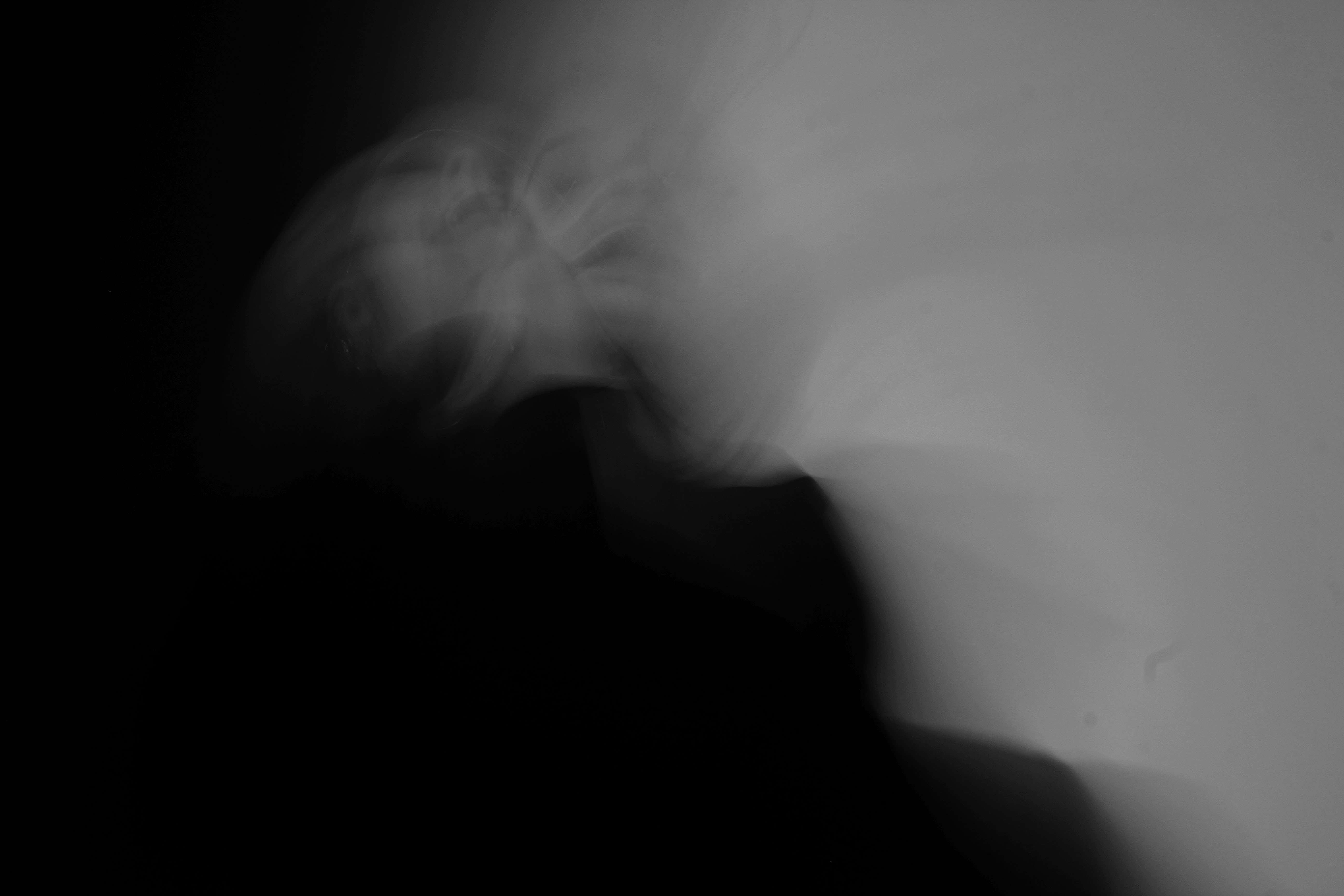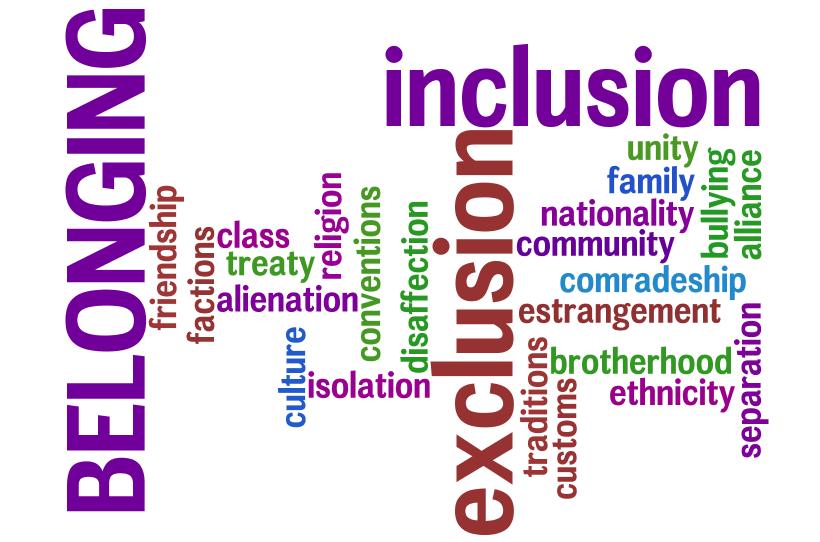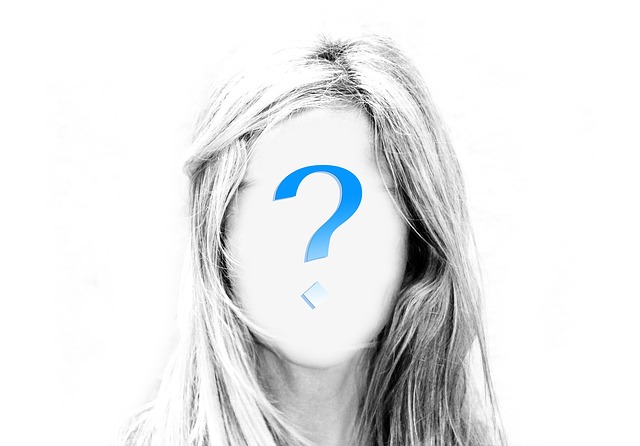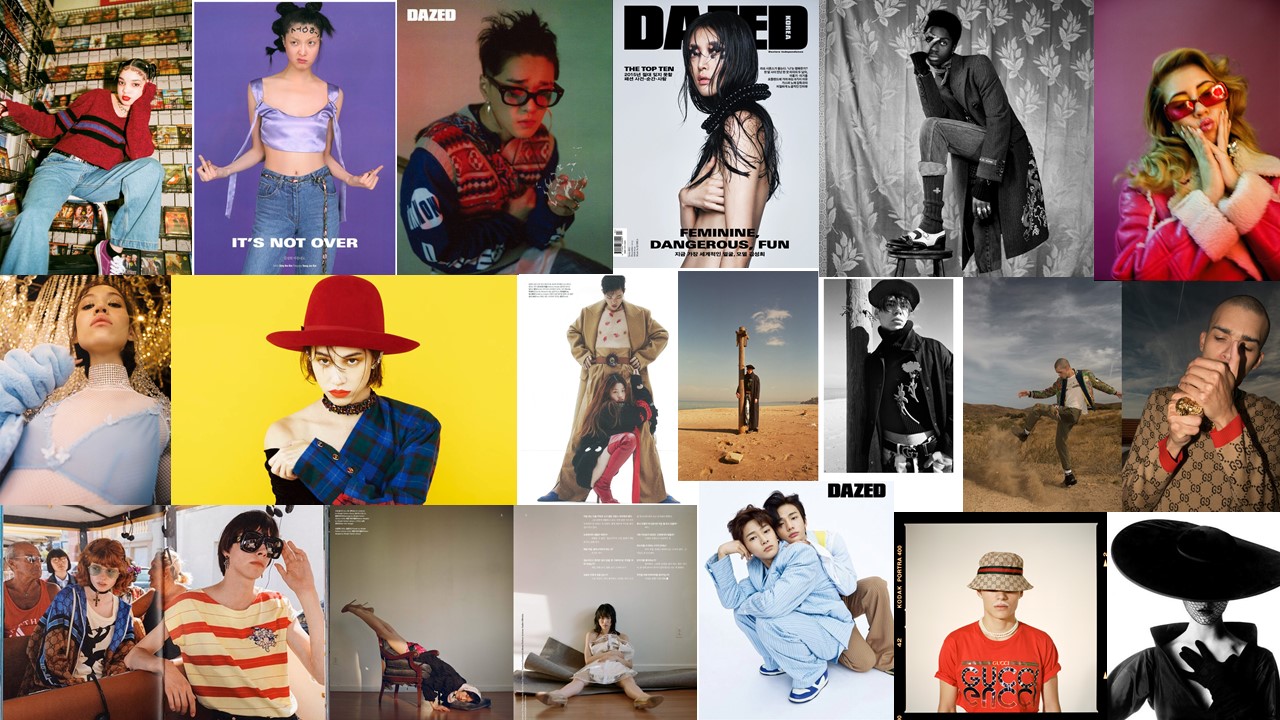I found the work in the exhibition we went to amazing. The work by Clare Rae, being inspired by Claude Cahun, looks almost as if they were taken by the same person. The fact that they both focus on female empowerment and take their photos in the same sort of white, grey and black tones makes it obvious that Clare Rae was aiming to make her work similar to those by Claude Cahun. However, Rae didn’t copy her completely, she added her own twist to it by taking portraits of herself, whereas Cahun used multiple different women within her pieces.
The way the exhibition was presented helped us compare the two artists in a way which we could easily see the differences and similarities. By being placed in two rooms right next to each other, we could easily switch between the two, and the neatness of it allowed us to see the work clearly and without confusion as to which was who’s.

This is one of my favourite pictures by Clare Rae. It shows Rae hiding behind a part of a cliff that’s sticking out with her legs and one of her hands in clear view. What I especially like is the tone, it’s mysterious. You only see half of her, you can’t see her face at all. You can’t see her emotions and you can’t tell what she’s thinking while taking this picture. Some also might say that it’s her way of saying that she feels like she needs to hide, possibly due to her gender as Cahun got across in her work multiple times.

This is one of my favourite pictures by Claude Cahun. It shows a woman posing with a top which on it says “I am in training. Don’t kiss me”. This could suggest that, as with Clare Rae, that due to her gender she feels restricted with what she can and cannot do. It could also come across as she has certain expectations to live up to as a woman, and the writing on her top may refer to a woman’s role within marriage at the time this was taken, as to be considered the ‘perfect’ wife you’d have to pretty much be trained in what was considered as ‘feminine’ jobs, such as cooking, cleaning and looking after the household.

